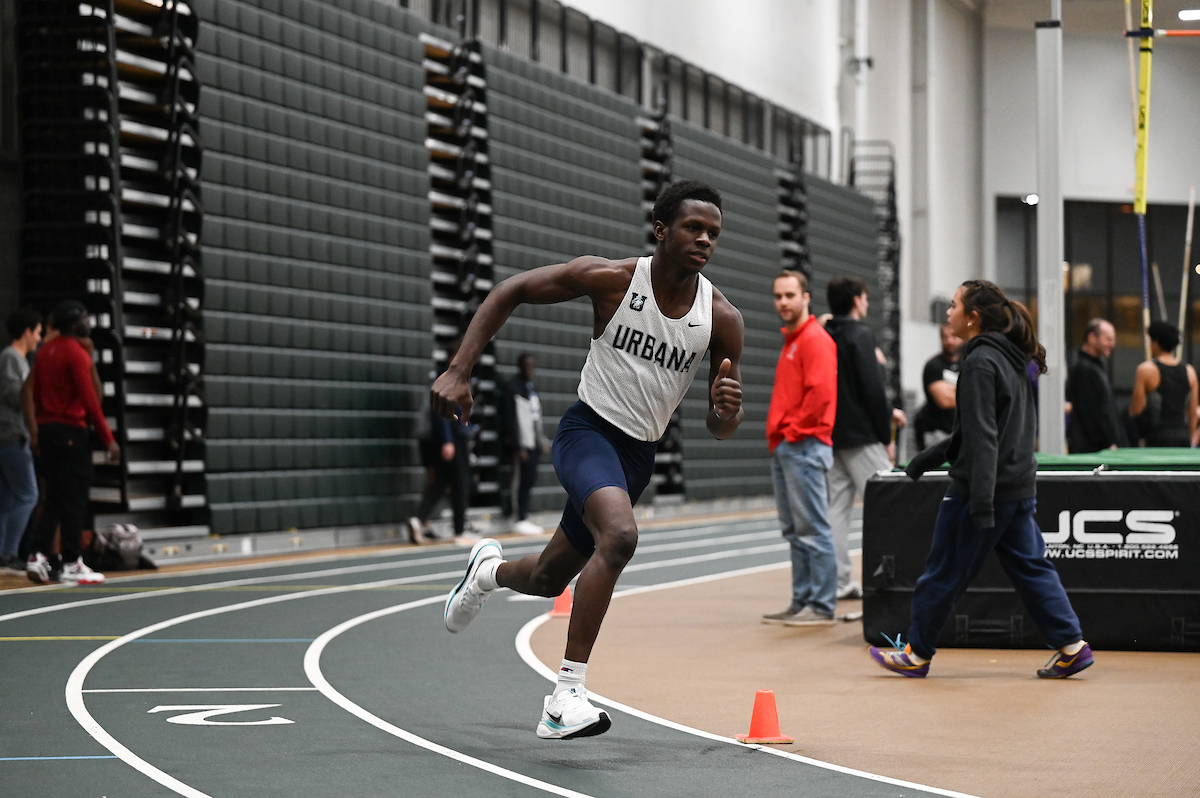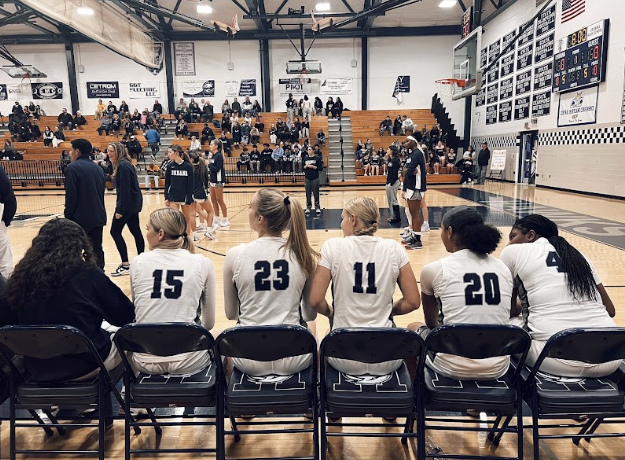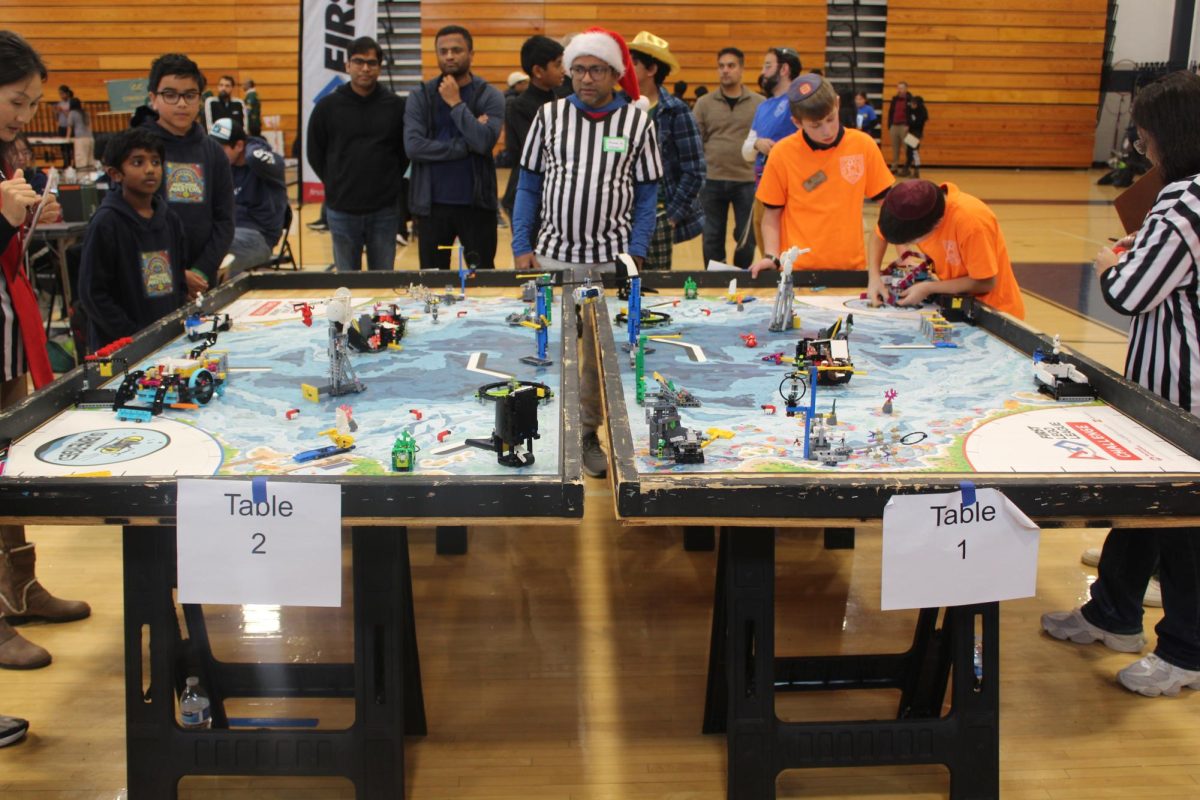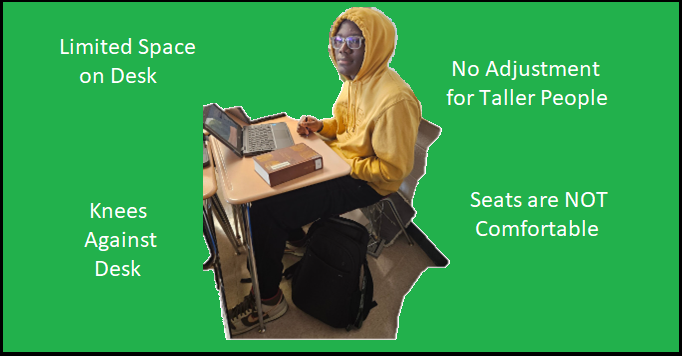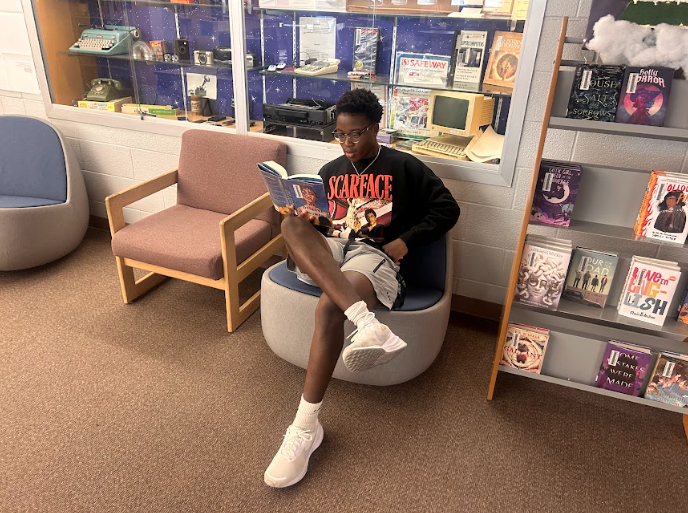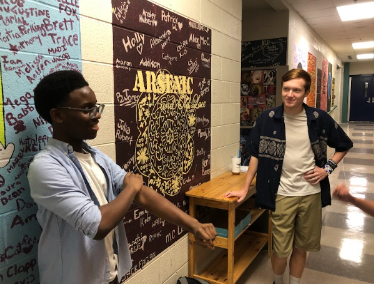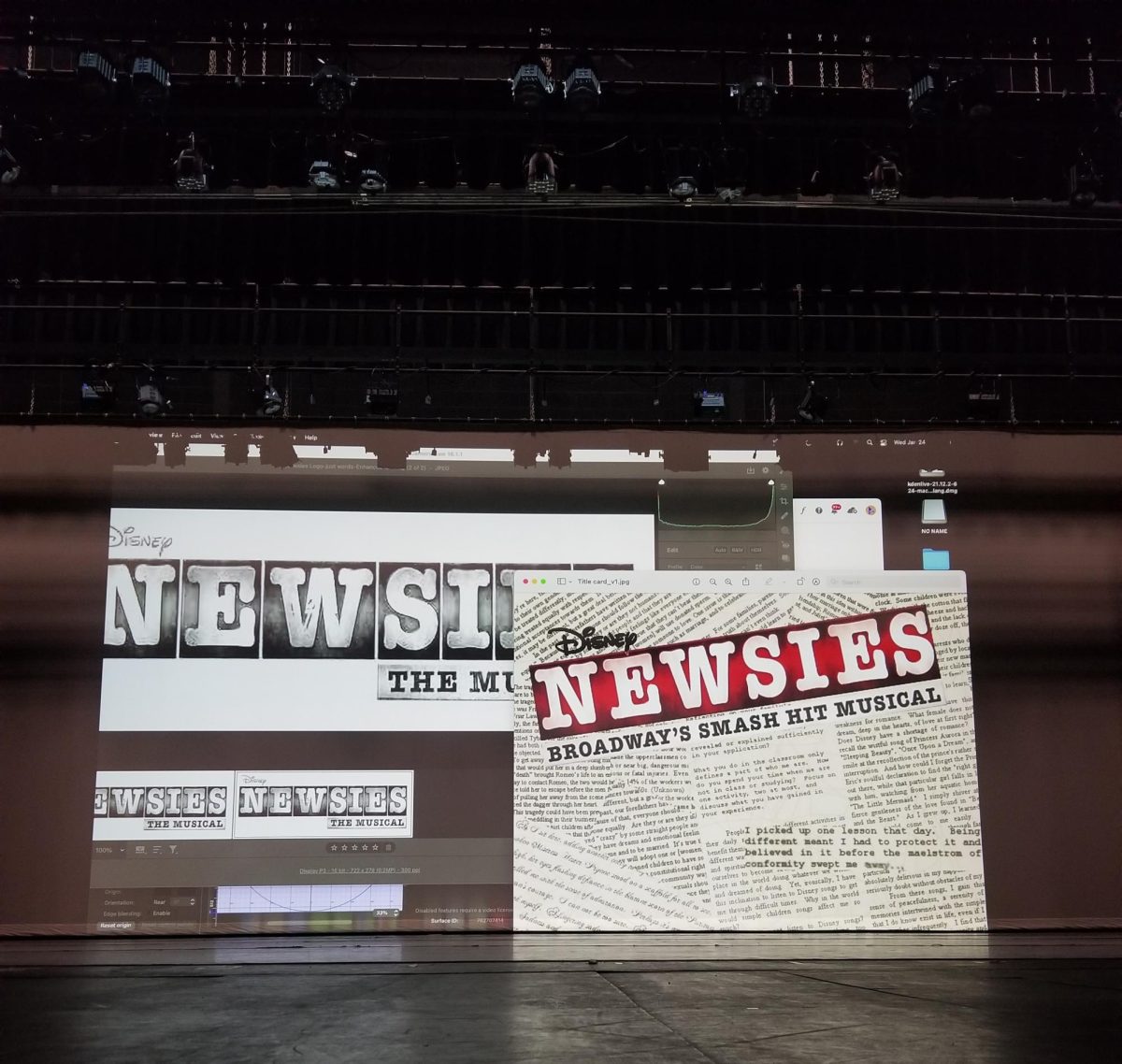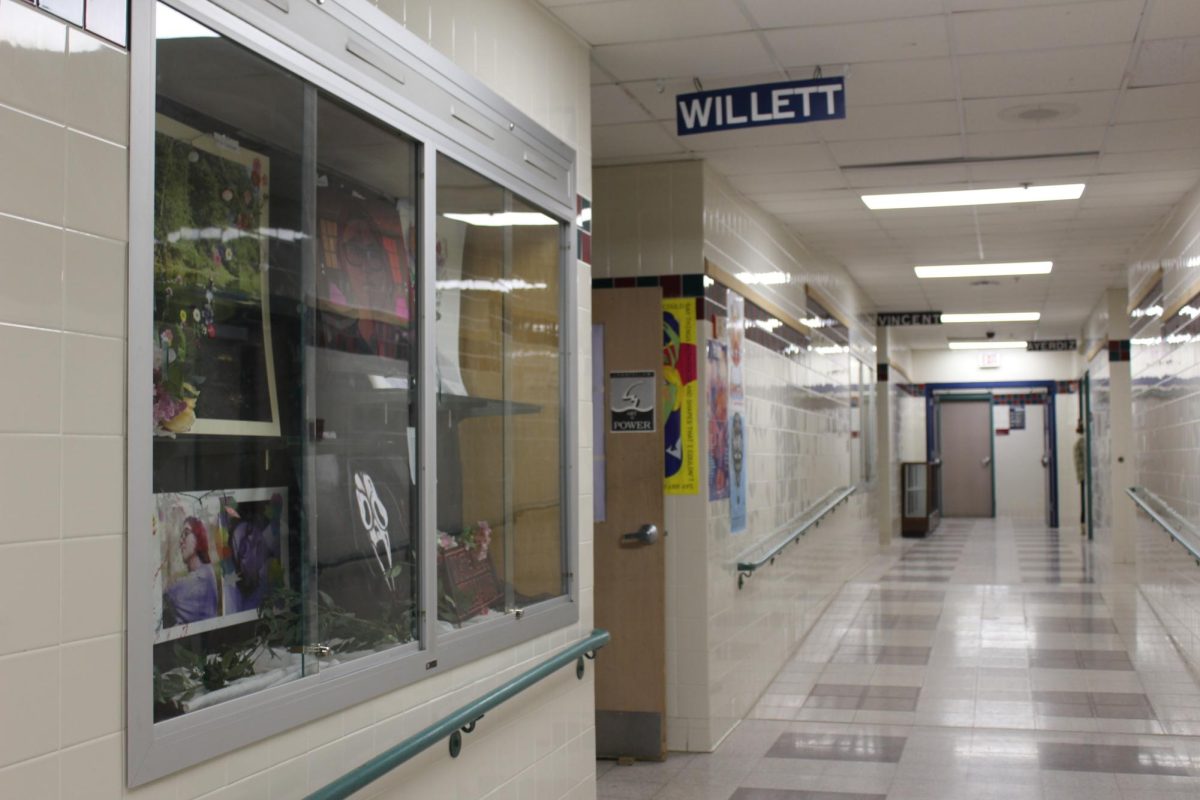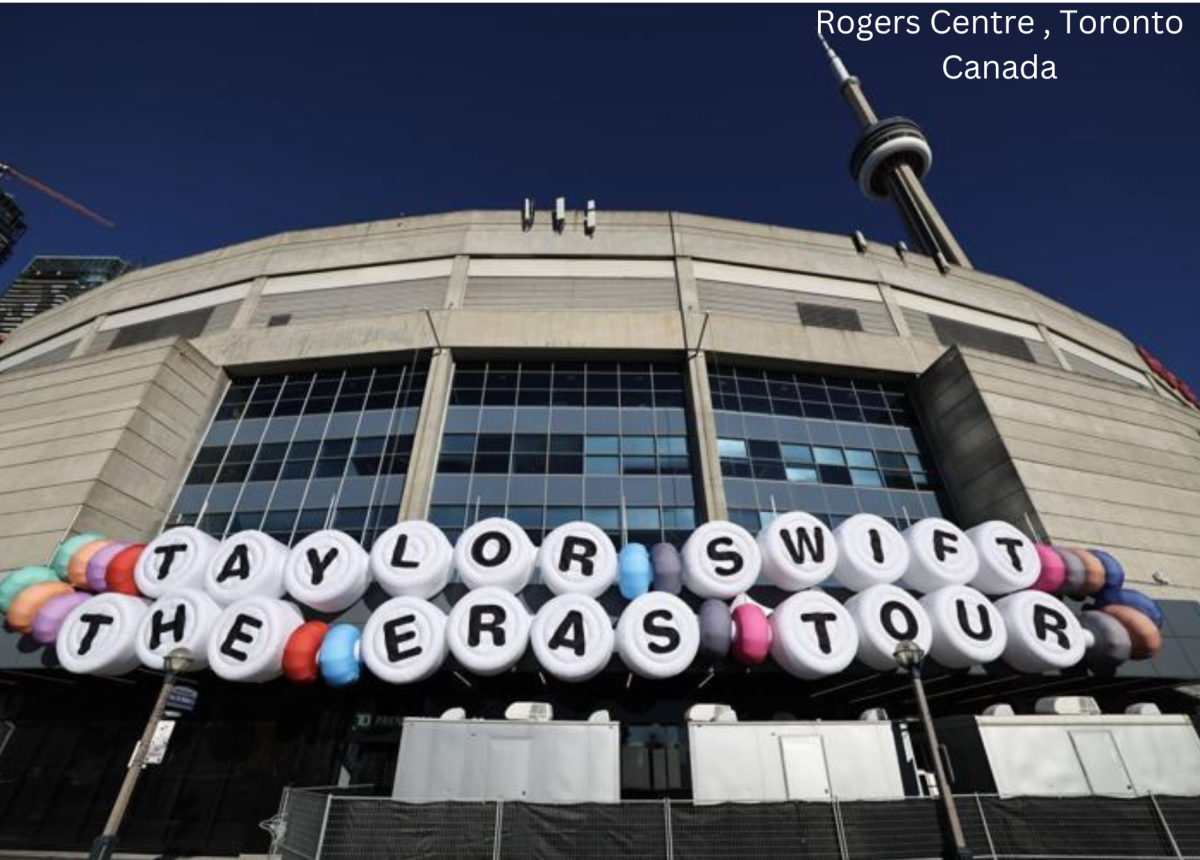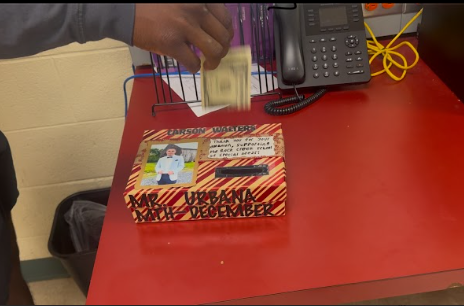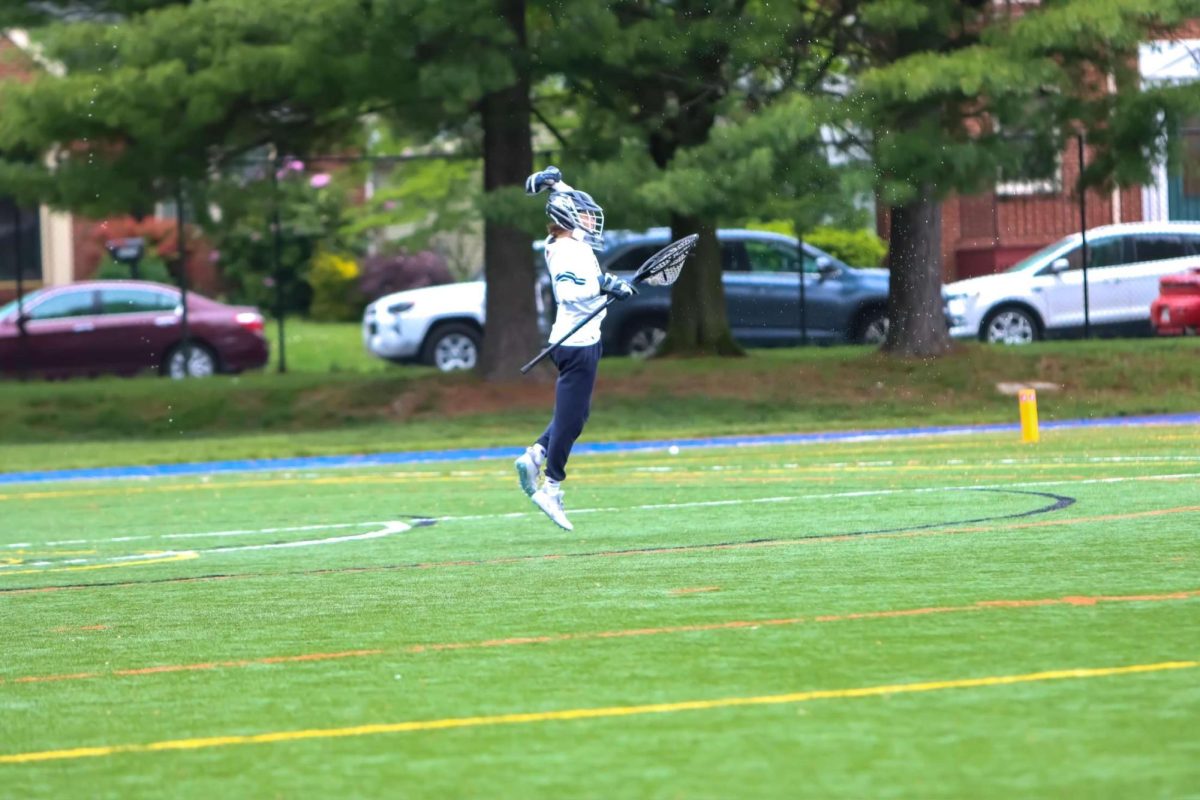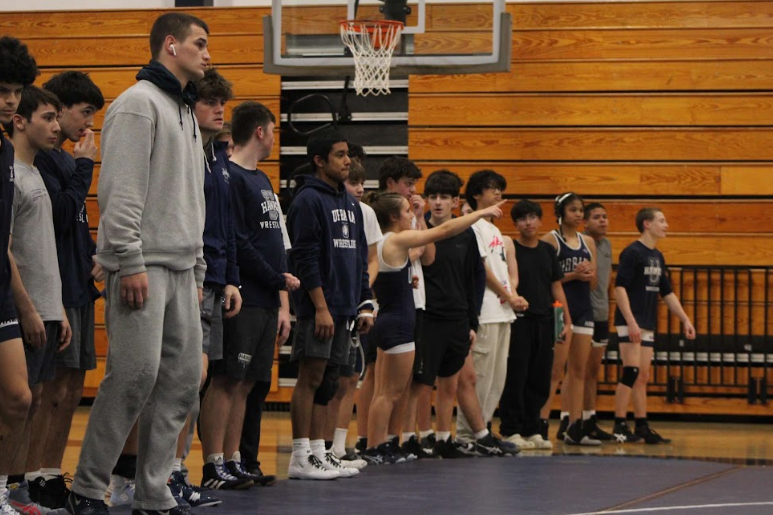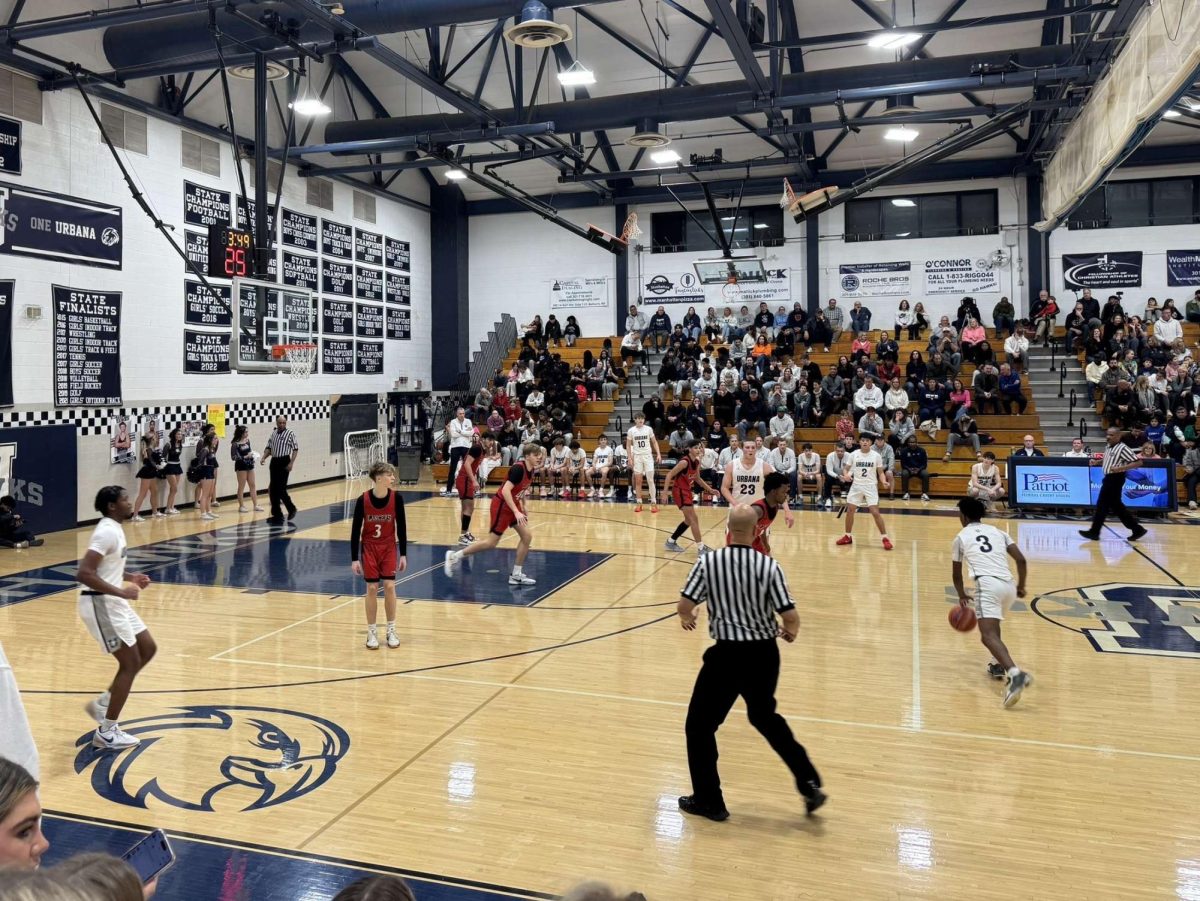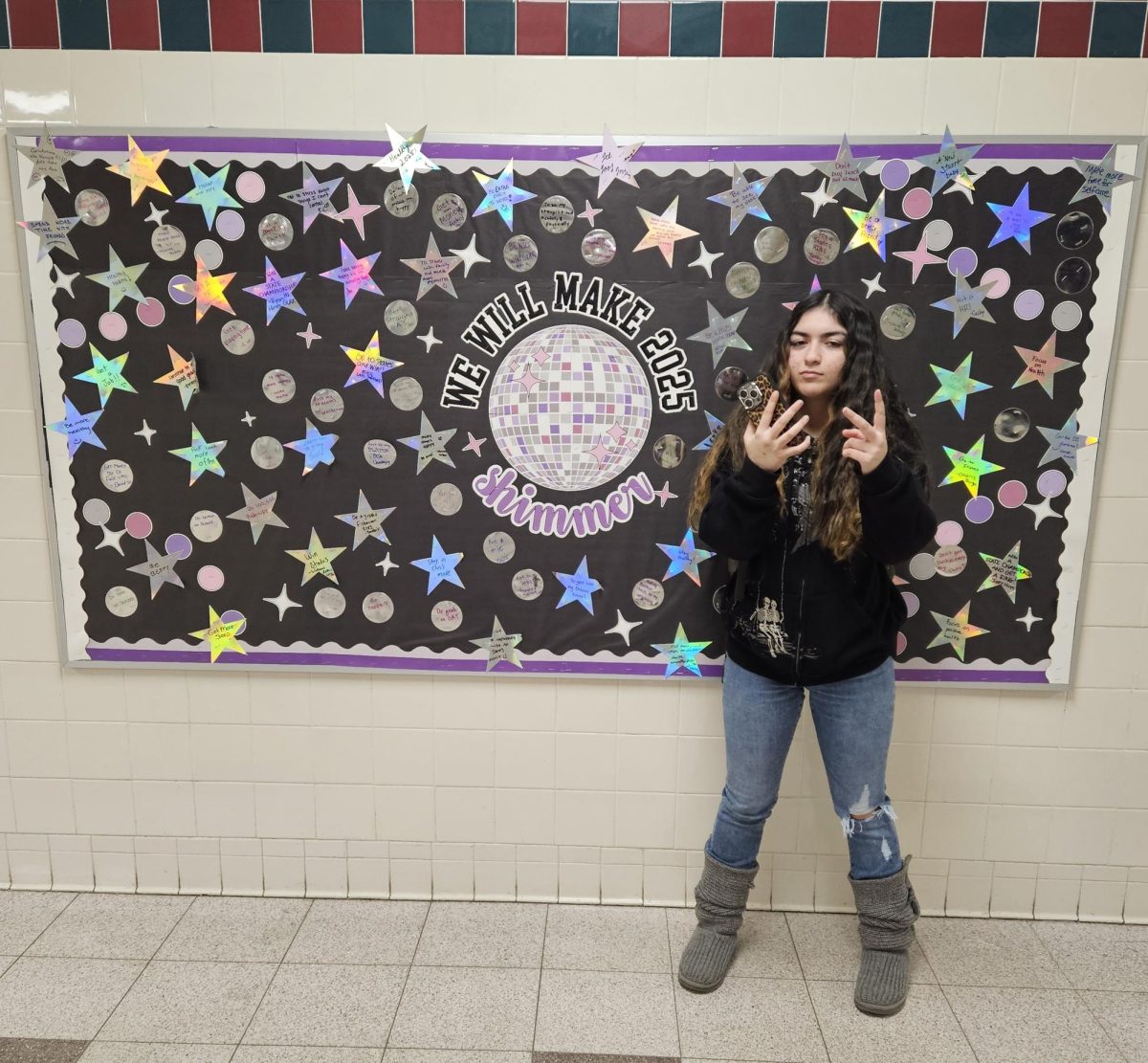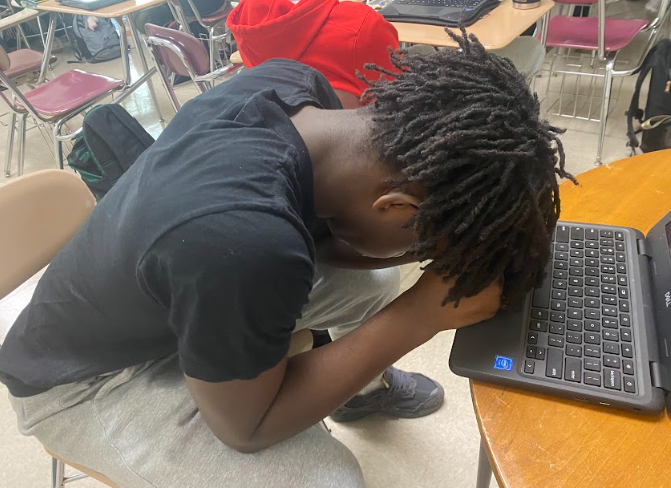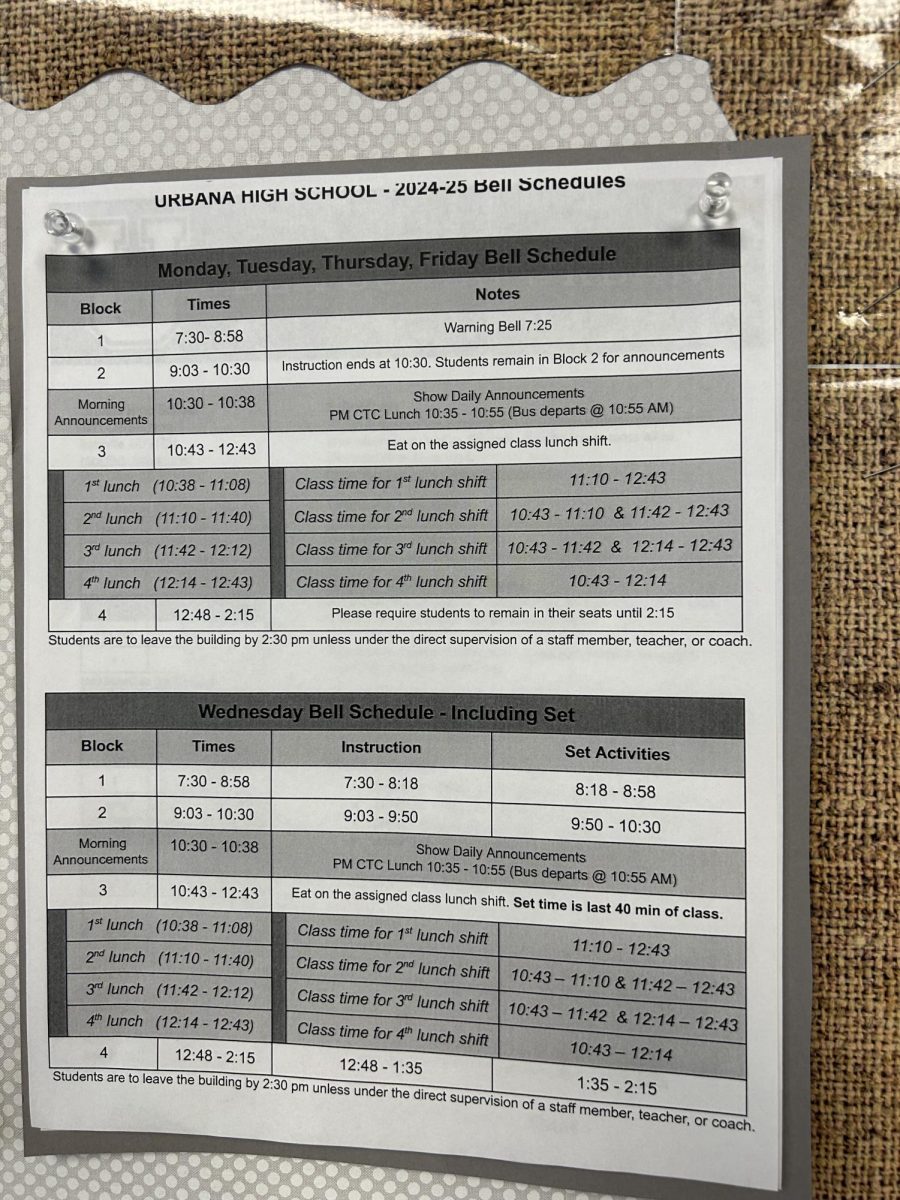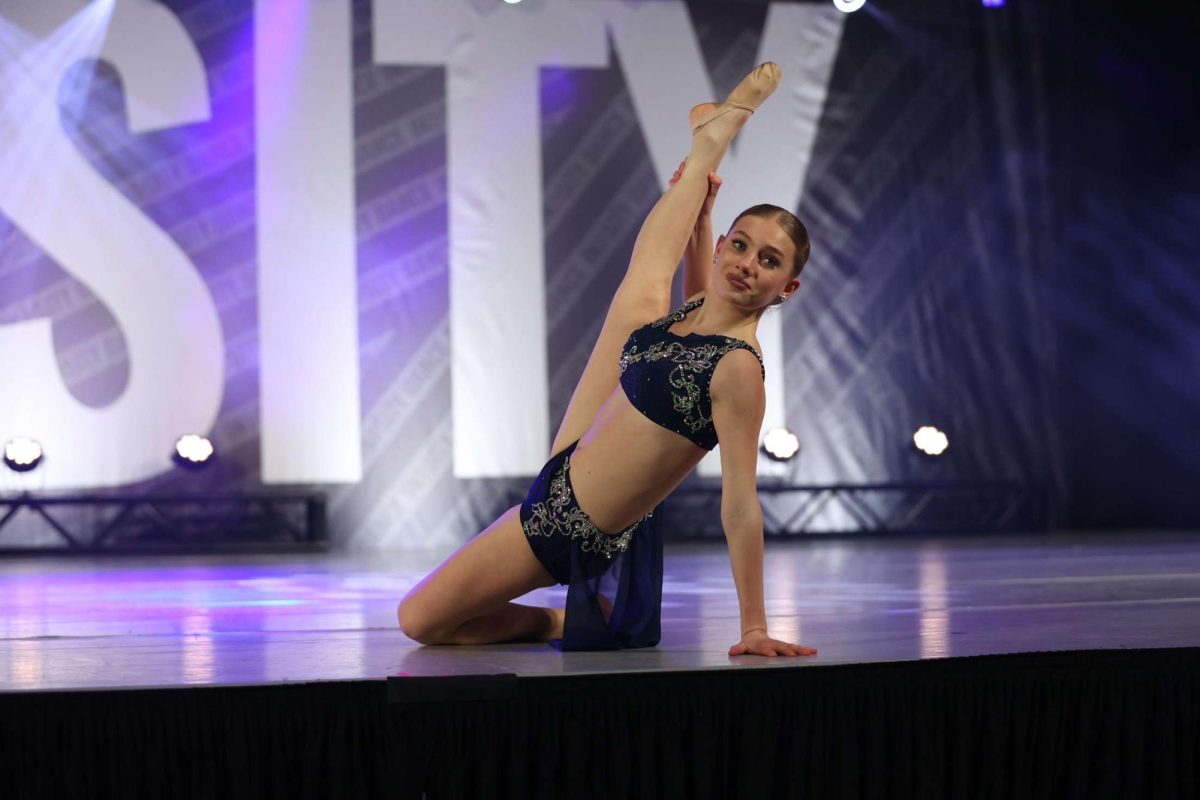Dress Code Disputes Sweep Through Urbana
Previously Unenforced Dress Code Receives New Attention
October 19, 2016
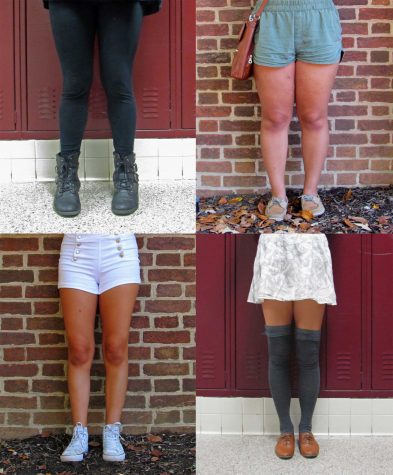
Examples of common styles worn by girls in Urbana.
New students, new teachers, new administration, new dress code? Not exactly. This year at Urbana High, the dress code has seemed to become a polarizing issue; what students are now noticing is that with a change of authority comes changes in the enforcement of rules, not necessarily the rules themselves.
The Urbana High School dress code, posted on the UHS website, states no short shorts or miniskirts, no low-cut shirts, and no skimpy-strapped tank tops or tube tops, among other restricted articles of clothing. The regulations that are causing students to become defensive are the specified dress code rules stated at the school assemblies held during the first week of school.
Urbana’s new principal, Dave Kehne, stated, “Do not come to UHS wearing… skirts or shorts that do not reach to at least mid-thigh” and “shirts that reveal midriff, shoulders, back, or chest.” If students are not “dressed for success” then they “may be removed from the educational setting,” Kehne added in the school assemblies.
“I think that some students have assumed because the dress code was mentioned, that it’s new or it’s ramped up, and I don’t think it is new… It may have been ignored the past couple years, but it’s not new.” Kehne said.
In previous years at Urbana High School, the dress code has remained a seemingly unenforced policy. In fact, the FCPS dress code was adopted in 1996 and has not been amended since 2004.
Then why are some people up in arms about it this year? Senior Sahiba Babra responded with, “It was never brought up last year, no one was being dress coded.”
The dress code is such a sensitive issue that students have created their own verb out of it. To be “dress coded” is the act of receiving detention or a warning, calling home for a change of clothes, being sent home, or having to visit to the principal’s office for an infraction with the dress code.
Even when it comes to official school appointed uniforms, there are restrictions as to what articles of the uniform are appropriate to wear to school. The Girls Junior Varsity Field Hockey Team wore their uniforms, consisting of a racerback jersey and a sportswear kilt, during the second week of school in celebration of their first game of the year. That day, the Girls JV Field Hockey Team was told that the racerbacks were not allowed to be worn to school because of the excessive showing of skin; however, the kilts were approved. The Girls JV Field Hockey Coach, Sally Watsic, said that she is not upset and she “supports the principal 100%” in his decision to restrict the jerseys from being worn to school.
Senior Jessica Kuver explained that she believes that the dress code body shames females. “If you are a girl and you feel comfortable with your body, which is rare in this generation, then you should be able to show it off… And it shouldn’t be like slut shamed or sexualized, it’s just someone being confident with their body. And to me, I feel like that is a gift.”
However, Kehne stated that “the length of shorts goes for guys and gals… I think because of fashion, it seems as though the dress code is aimed more at females, when in reality, we will treat all students equally.”
Although Kehne stated that all students will be treated equally, the majority of the female student body says otherwise. Senior Emma Zecher-Freeman explained that the dress code just “reinforces the idea that girls should be embarrassed of their bodies and not show any skin in order to earn respect… I understand that there are good thoughts behind it, but instead of trying to be preventative, shouldn’t we be teaching boys to respect girls instead of degrading them?”
Even some of the male students of Urbana are taking their own stance against the discrimination of the dress code. “One of the days after this all happened, I wore shorts that were well above the line of my mid-thigh and my arms were much longer than them… I walked in front of administration, I walked in front of teachers and no one said anything to me; but my female peers got dress coded for shorts that were probably of a similar length,” Junior Joey Inscoe said, explaining that he has already tested the consistency of the dress code twice this year.
According to assistant principal Cynthia Braslow, the dress code presents a path to “career and professionalism” by teaching skills you will need in a “non-academic sense”. Braslow added that there is an “expectation in public buildings” and an “expected mode of dress, regardless of gender.” Braslow has personally dress coded several guys, which seems to support the universality of the rules.
Nevertheless, some students are still not satisfied by the administration’s defense of the reasons behind the enforcement of the dress code. “Enforcing the dress code will not improve attendance, academic participation, or exam results. I want to feel comfortable in my own skin. The administrators are teaching students that the learning environment is being compromised by seeing a female’s shoulders and legs, which is absurd. It’s creating a perception that our bodies are distractions and that we are to blame,” said Babra.
However, not all students are offended by the administration’s wishes to implement the dress code. Senior Zion Kidd said that “I just think that people are blowing it out of proportion.


